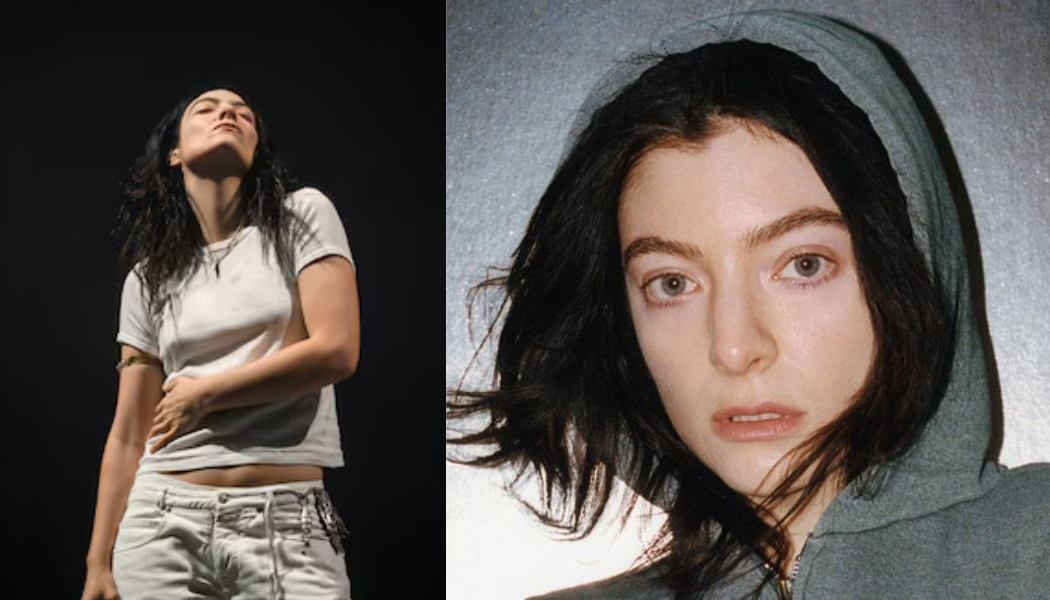From the moment the lights dimmed at the Scotiabank Arena, it was clear that Lorde wasn’t interested in giving a typical pop spectacle. Her Ultrasound tour, now deep into its run, arrived in Toronto as a daring blend of vulnerability, theatricality and pure communal release.
The setlist spanned across her four studio albums, moving seamlessly between the angsty teenage rebellion of Pure Heroine, the euphoric night of Melodrama, the warm introspection of Solar Power and the vulnerable expression of Virgin. As a treat for long-time fans, she also sang “No Better,” a 2013 B-side predating her debut album — a rare gem that sent the crowd into delighted disbelief.
The show was structured into four acts, each with its own tone and flow. Early highlights included the dark shimmer of “Buzzcut Season” and an elated sing-along to “Perfect Places.” By the second act, her energy turned kinetic: “Supercut” exploded as Lorde jogged on a treadmill, her breathlessness amplifying the song’s rush of memory and regret.
One of the evening’s most striking motifs was Lorde’s gradual shedding of layers. As the night progressed, she stripped out of her pants while performing the song “Current Affair” and continued to remove her clothes throughout the second act; a metaphor for peeling back emotional armor. This led straight into the vulnerable and interpersonal third act, where she seemed almost weightless, exposing the rawness that makes her songs endure.
That same intimacy extended beyond the stage. During “David,” she left the spotlight entirely, weaving through the floor seats and clasping hands with fans in her lit up jacket. She continued her walk to the small platform at the soundboard for the closing track, “Ribs.” There, she called for security to step back and encouraged fans to rush closer, dancing with her as the “Ribs” extended outro transformed into a blur of nostalgia and euphoria.
If Lorde was stripping down emotionally, her stage visuals did the opposite: they were maximal, surreal and relentless in their invention. Each act carried its own visual palette. She performed her career-defining hit “Royals” as an acapella piece and unfolded under stark white lasers that cut through smoke, turning the arena into a cathedral of light. “The Louvre” was accompanied by fractured projections, as if the audience was caught inside the shards of a broken mirror. “Green Light” was a frenzy of strobes and saturated green neon, the crowd jumping in sync with every pulse.
Through all the theatrics, the night belonged to the audience as much as to Lorde. From the floor to the rafters, fans danced, screamed every lyric and swayed in reverent silence when the moment called for it.
In the end, Lorde’s Toronto stop on the Ultrasound tour felt less like a performance and more like a collective reckoning with joy, grief and everything in between. Her ability to balance spectacle with sincerity, to scale down an arena into something that felt intimate, showed an artist still restless, still reaching for new ways to connect. By the time the final notes dissolved, it was clear that the night was not simply about reliving old anthems or debuting new ones. Rather, it was about dissolving the distance between performance and vulnerability, leaving everyone a little lighter, more unguarded and entirely carried by the music.

